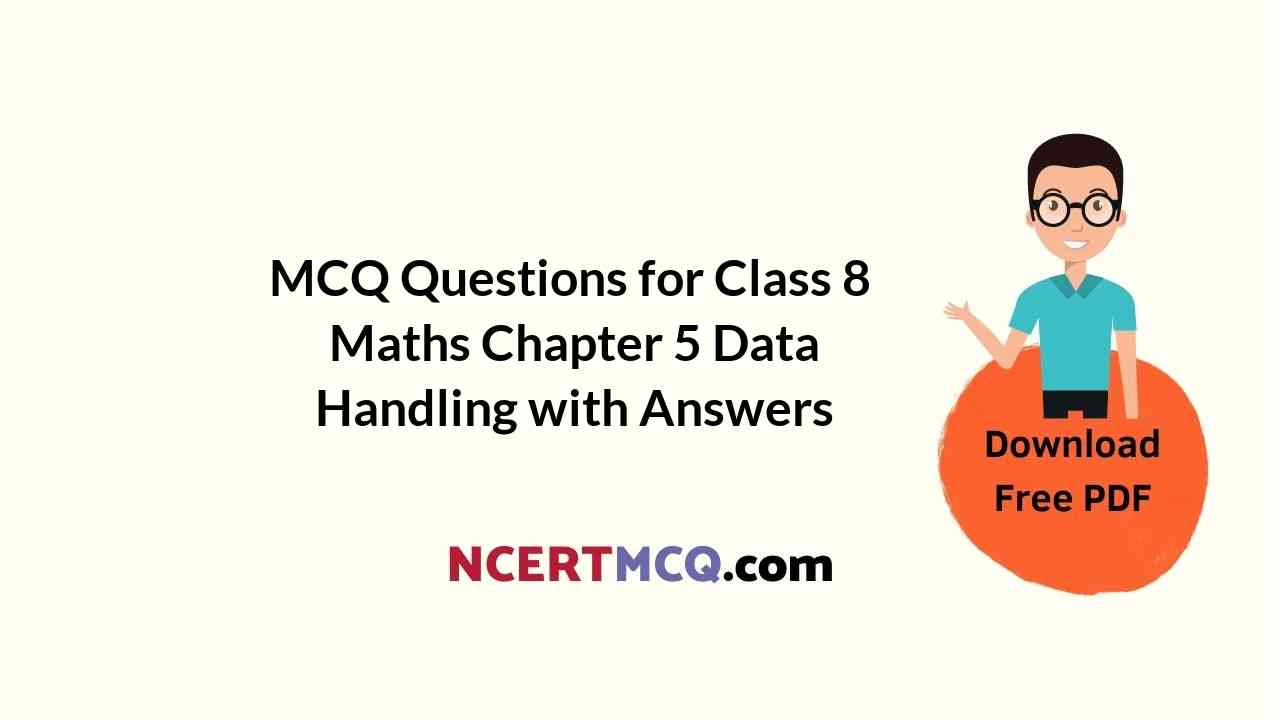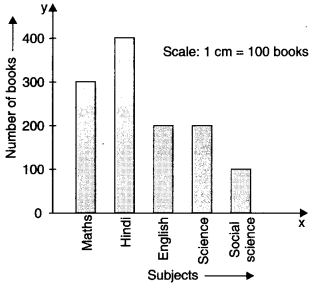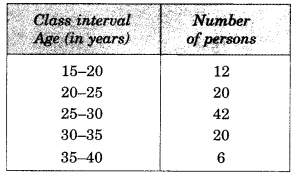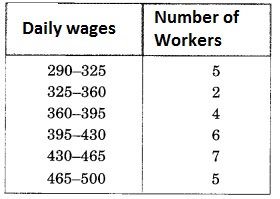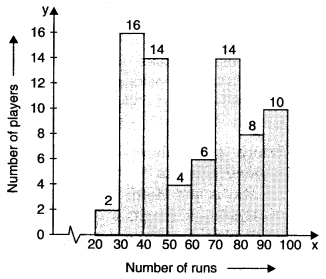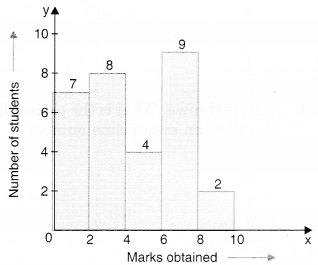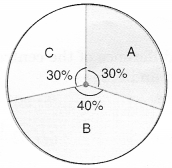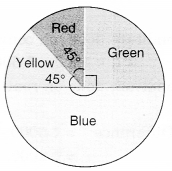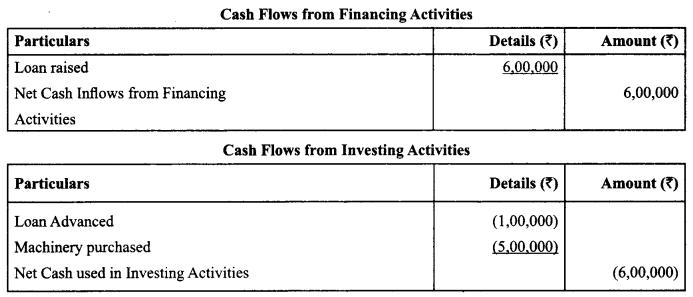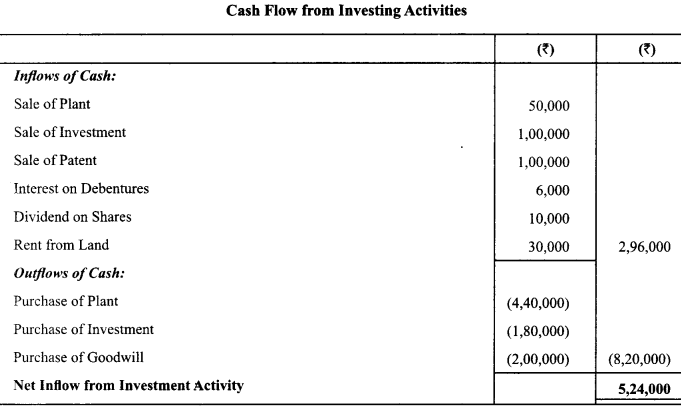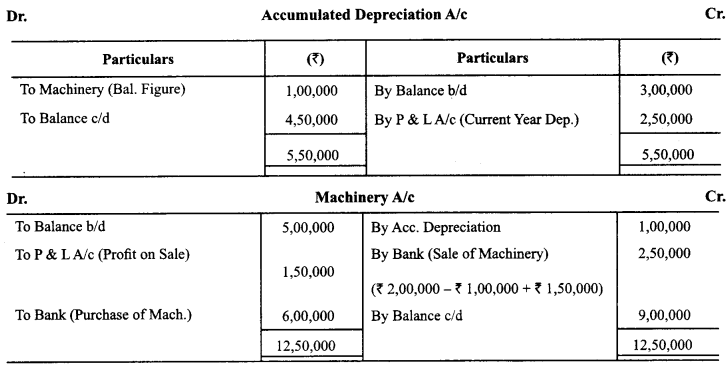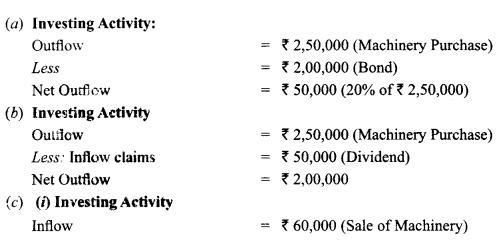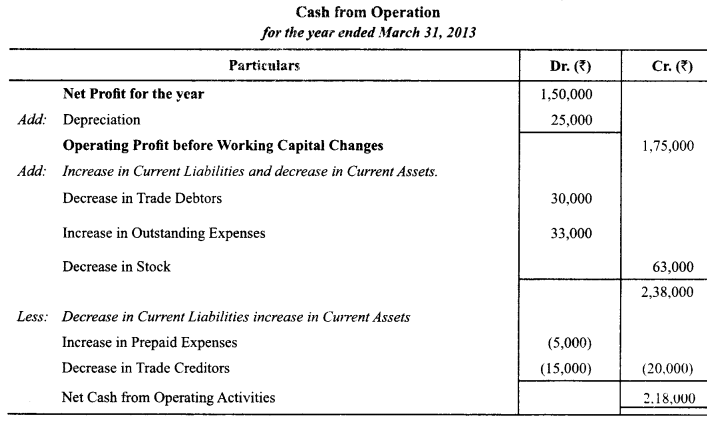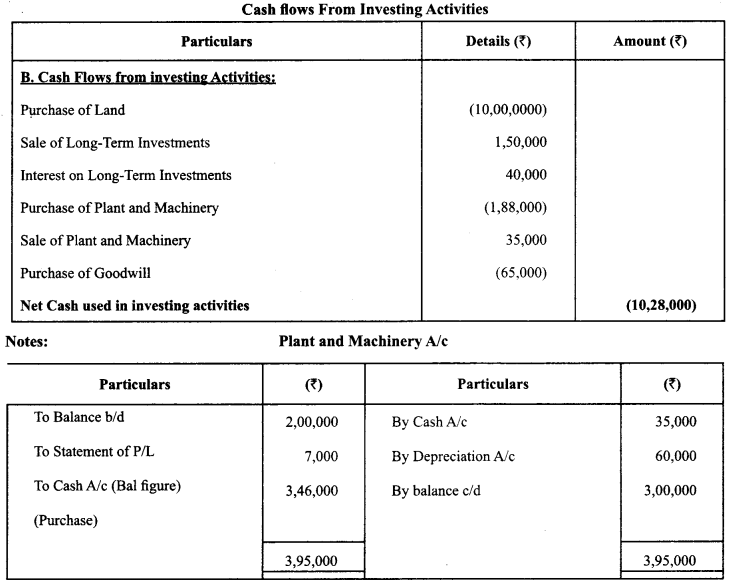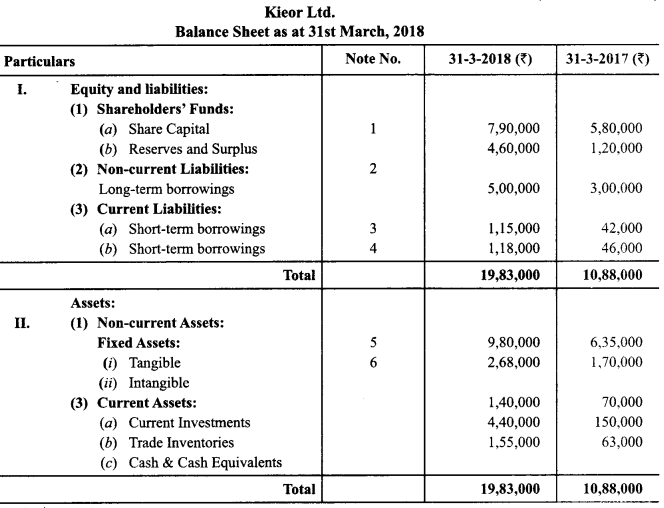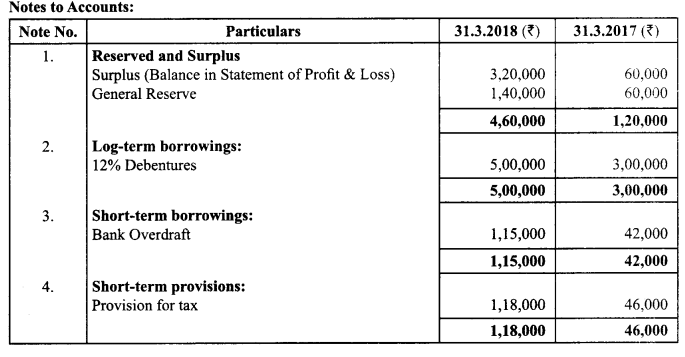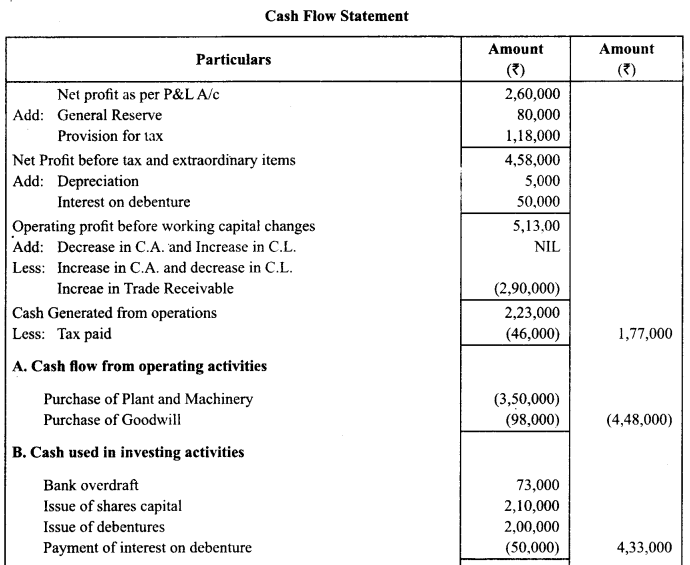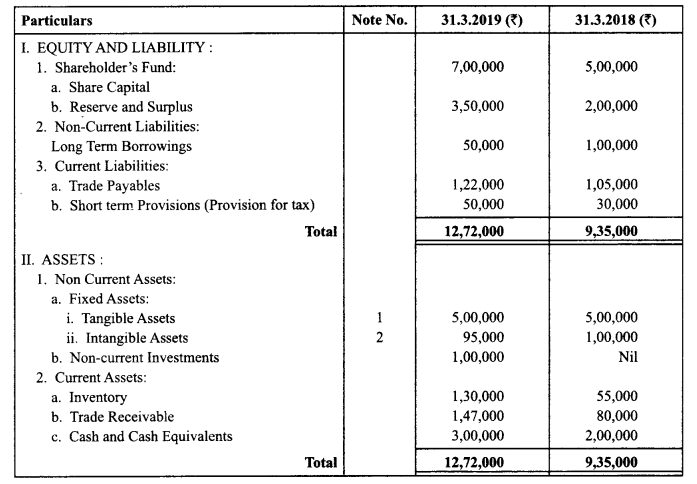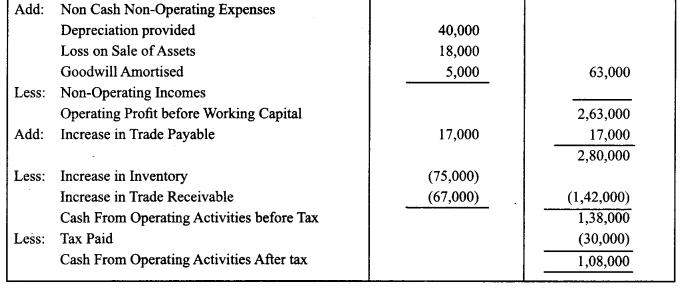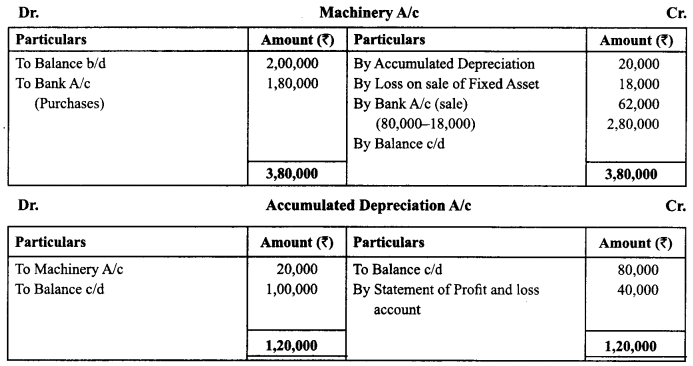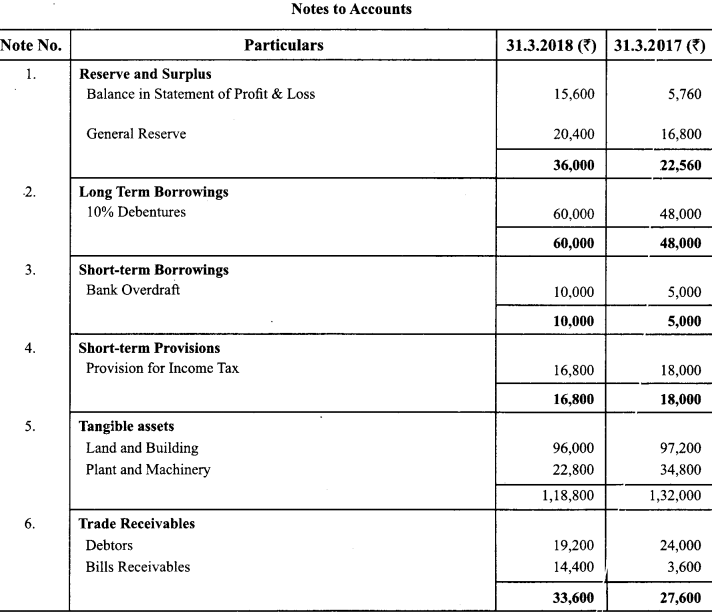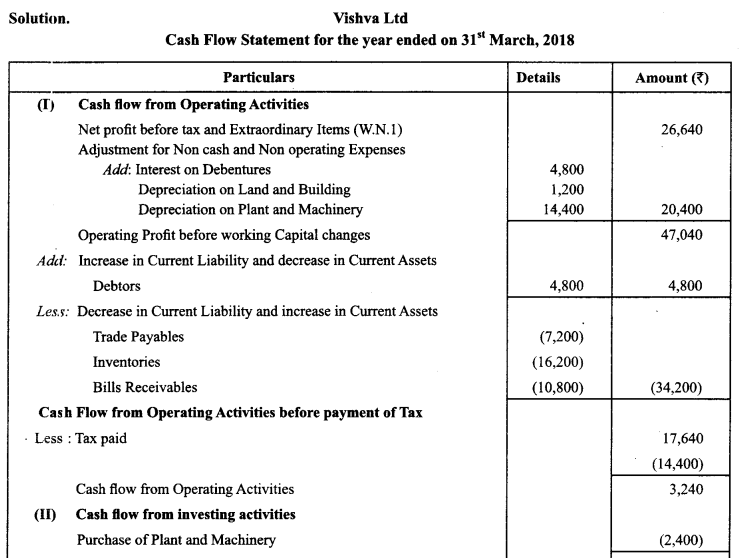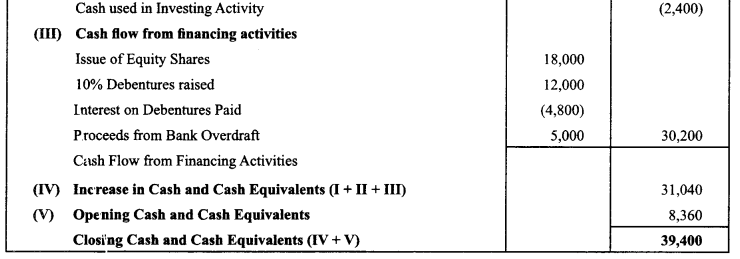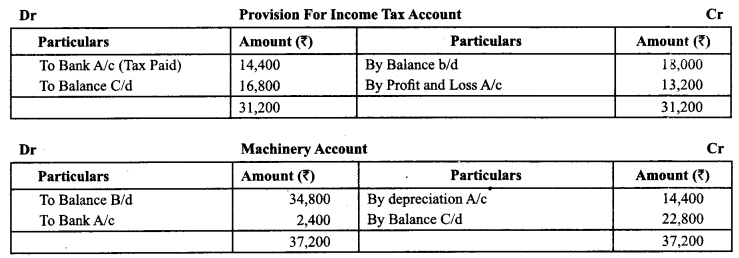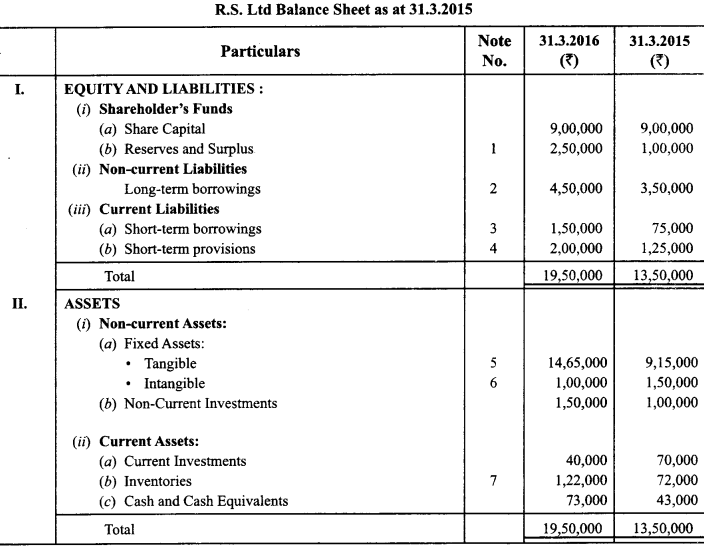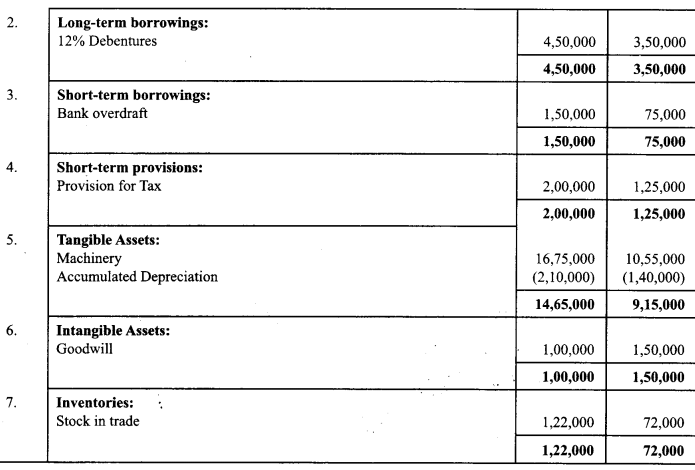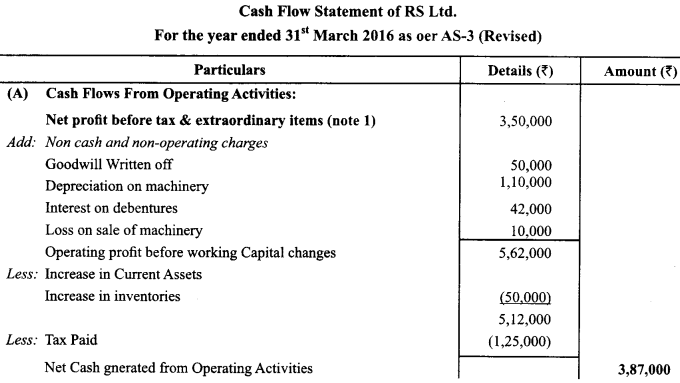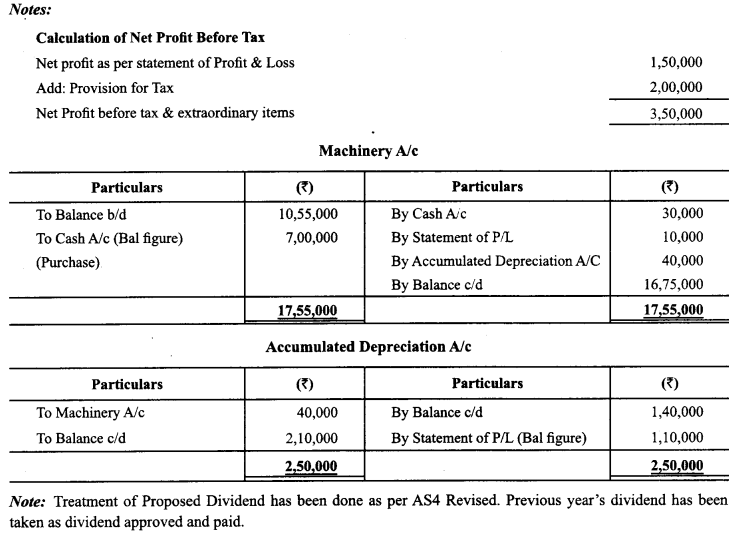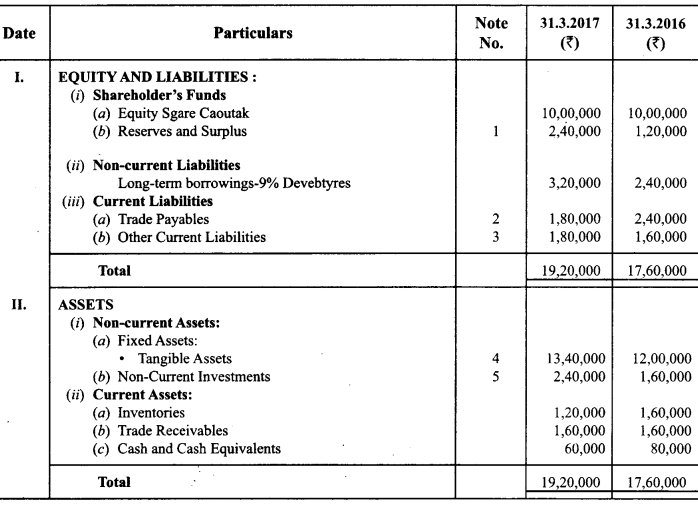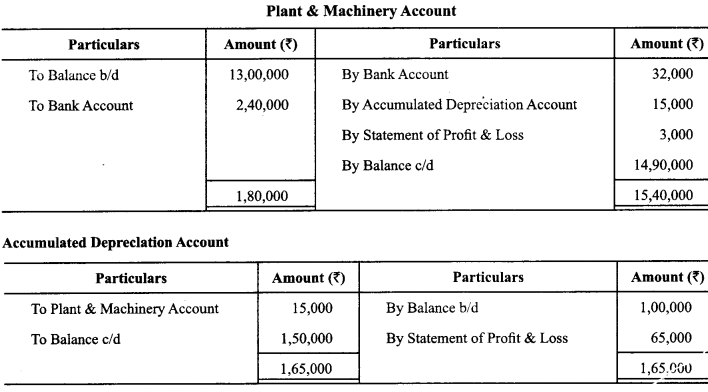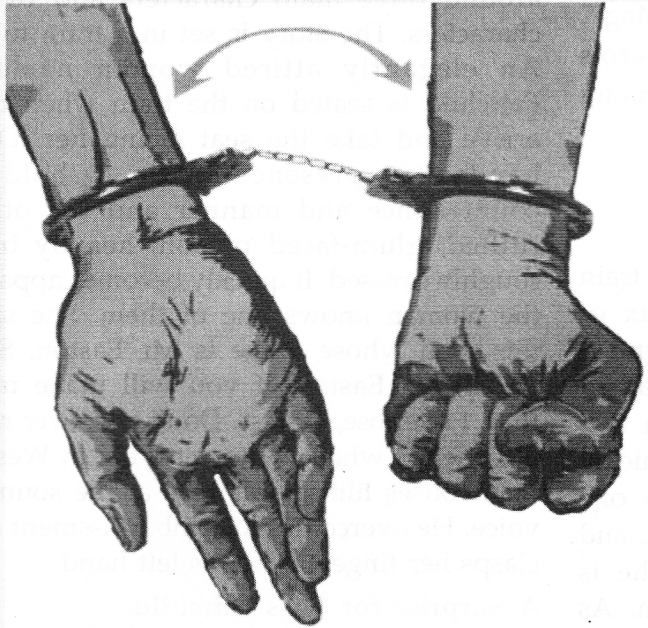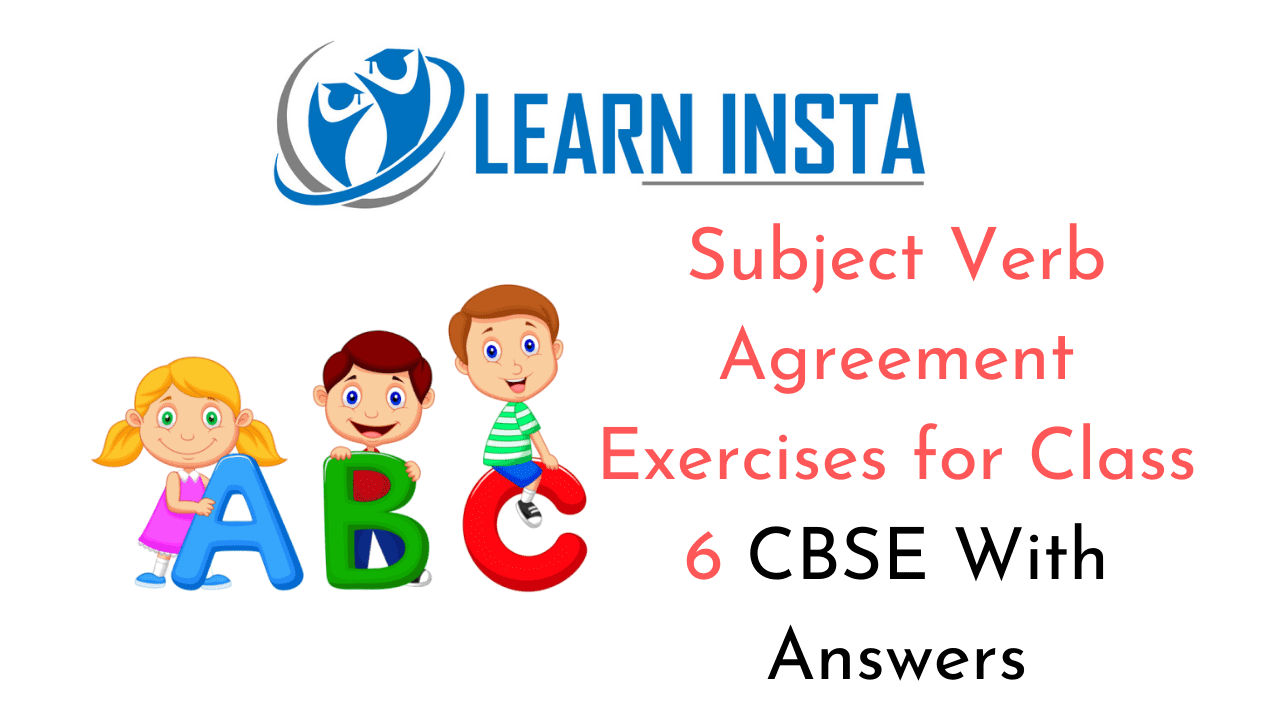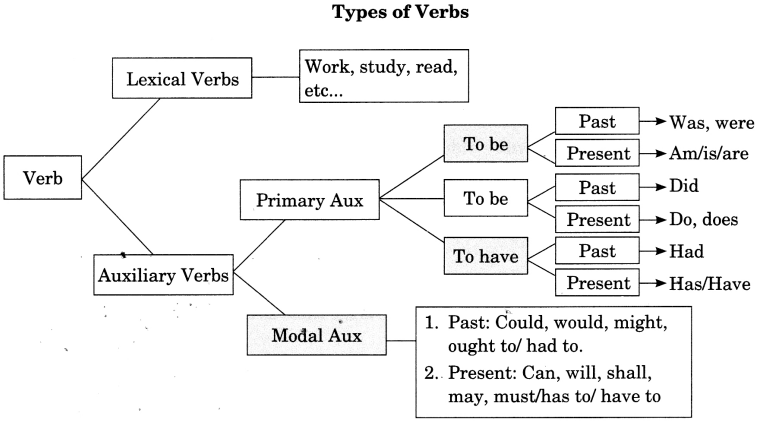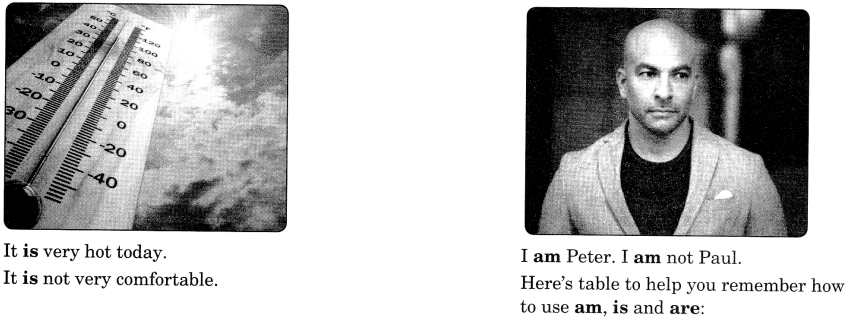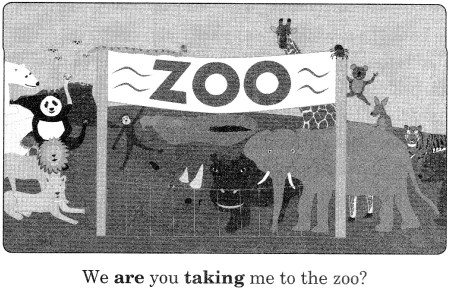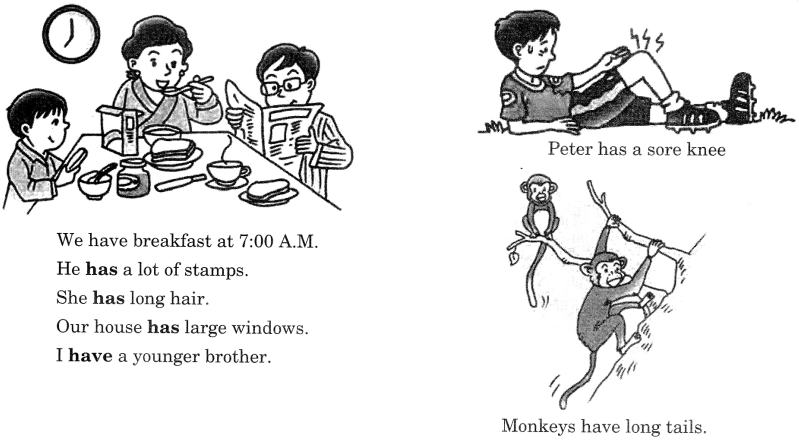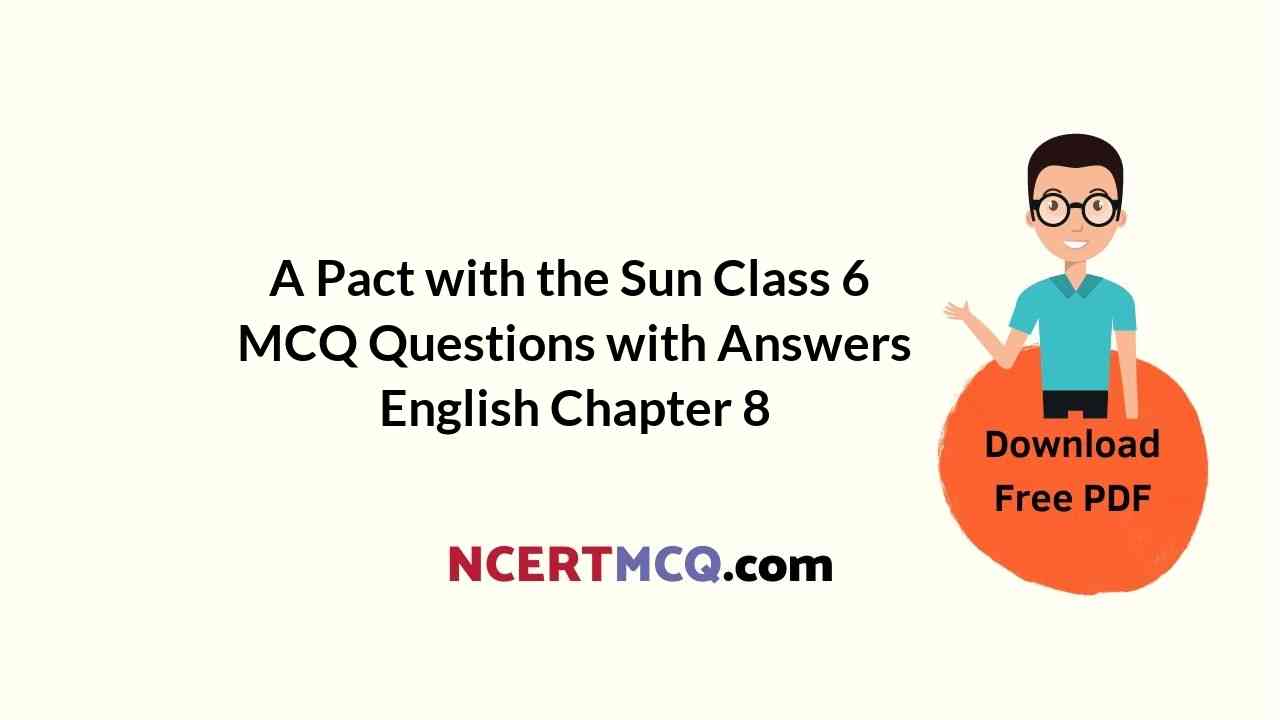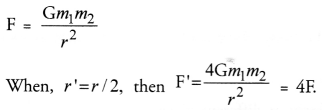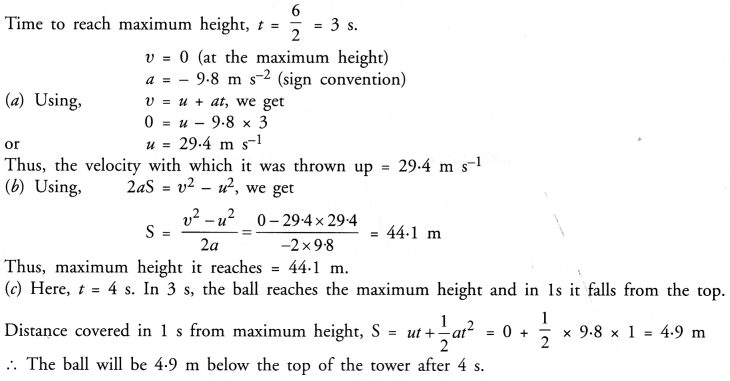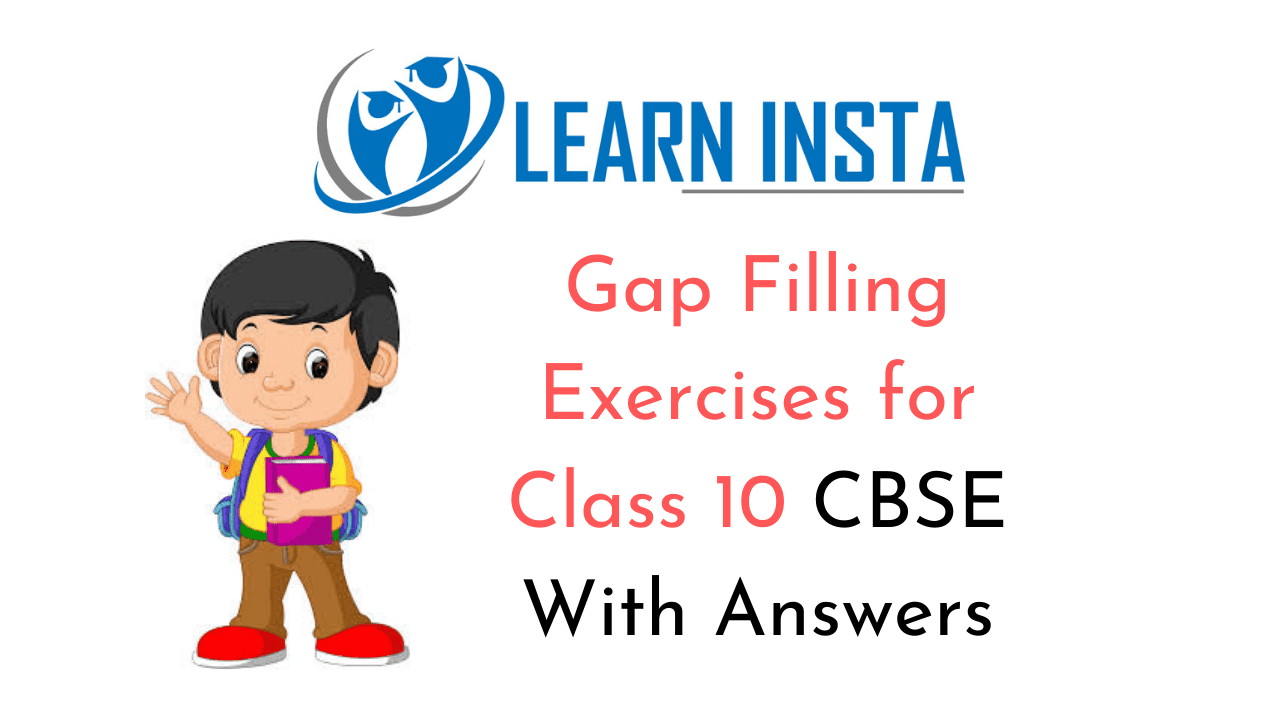By going through these Online Education CBSE Class 6 Sanskrit Notes Chapter 11 पुष्पोत्सवः Summary, Notes, word meanings, translation in Hindi, students can recall all the concepts quickly.
Online Education for Class 6 Sanskrit Chapter 11 पुष्पोत्सवः Summary Notes
पुष्पोत्सवः पाठ का परिचय
इस पाठ में पुष्पों के उत्सव ‘फूल वालों की सैर’ का वर्णन आया है। यह उत्सव दिल्ली में अक्टूबर के महीने में मनाया जाता है। पुष्पों से बने पंखे इस उत्सव के मुख्य आकर्षण हैं। यह उत्सव गत दो सौ वर्ष से चलता आ रहा है।
इस पाठ में सप्तमी विभक्ति के शब्द-रूप का प्रयोग आया है। सप्तमी का प्रयोग ‘में’ (in) तथा ‘पर’ (on) के अर्थ में होता है। यथा-स्कूल में (in the school) = विद्यालये, वृक्ष पर (on the tree) = वृक्षे इत्यादि।
पुष्पोत्सवः Summary
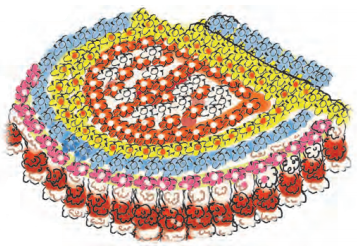
भारतवर्ष उत्सवप्रिय देश है। यहाँ कभी शस्योत्सव है तो कभी पशूत्सव है। कहीं धार्मिकोत्सव है तो कहीं यानोत्सव है। इनमें ‘पुष्पोत्सव’ अत्यधिक प्रसिद्ध उत्सव है। देहली में मेहरौली क्षेत्र में अक्टूबर मास में इसका आयोजन होता है। इस अवसर पर अनेक प्रकार के पुष्प दृष्टिगोचर होते हैं। इसमें फूलों से निर्मित पंखे विशेष आकर्षण होते हैं। कुछ गुलाब के फूलों से, कुछ कनेर के फूलों से तथा कुछ जपा पुष्पों से बनाये जाते हैं। यह उत्सव तीन दिन चलता है। इन दिनों में पतंग उड़ाना आदि खेल भी चलते हैं। बीच में यह परम्परा बंद हो गई थी, परंतु स्वतन्त्रता प्राप्ति के पश्चात् यह परम्परा पुनः प्रारम्भ हो गई है।
पुष्पोत्सवः Word Meanings Translation in Hindi
(क) उत्सवप्रियः भारतदेशः। अत्र कुत्रचित् शस्योत्सवः भवति, कुत्रचित् पशूत्सवः भवति, कुत्रचित्
धार्मिकोत्सवः भवति कुत्रचित् च यानोत्सवः। एतेषु एव अस्ति अन्यतमः पुष्पोत्सवः इति। अयं ‘फूलवालों की सैर’ इति नाम्ना प्रसिद्धः अस्ति।
शब्दार्थाः (Word Meanings) :
उत्सवप्रियः- उत्सव का प्रेमी (lover of festival, festive occasion), कुत्रचित्-कहीं पर (somewhere), शस्योत्सवः (शस्य: + उत्सवः)-फसलों का उत्सव (festival of crops), पशूत्सवः ( पशु+उत्सवः)-पशुओं का उत्सव (festival of animals), यानोत्सव (यान + उत्सवः)-गाड़ियों का उत्सव (festival of vehicles), एतेषु-इनमें (among these), अन्यतमः-अनेक में एक (one among many), नाम्ना-नाम से (by name)।
सरलार्थ :
भारत उत्सव प्रेमी देश है। यहाँ कहीं पर फसलों का उत्सव होता है, कहीं पर पशुओं का उत्सव होता है। कहीं पर धार्मिक उत्सव होता है तो कहीं पर गाड़ियों का उत्सव होता है। इनमें से एक है-पुष्पोत्सव (फूलों का उत्सव)। यह ‘फूल वालों की सैर’ इस नाम से प्रसिद्ध है।
English Translation:
India is a country that loves festivals. Somewhere there is the festival of farmers, somewhere there is the festival of animals. Somewhere there are religious festivals and somewhere there is the festival of vehicles. Among these there is one festival of flowers. This is famous by the name of ‘Phool Walon Ki Sair’.
(ख) देहल्याः मेहरौलीक्षेत्रे ऑक्टोबर्मासे अस्य आयोजनं भवति। अस्मिन् अवसरे तत्र बहुविधानि पुष्पाणि दृश्यन्ते। परं प्रमुखम् आकर्षणं तु अस्ति पुष्यनिर्मितानि व्यजनानि। जनाः एतानि पुष्पव्यजनानि योगमायामन्दिरे बख्तियारकाकी इत्यस्य समाधिस्थले च अर्पयन्ति। केचन पाटलपुष्पैः निर्मितानि, केचन कर्णिकारपुष्पैः अन्ये जपाकुसुमैः, अपरे मल्लिकापुष्पैः, इतरे च गेन्दापुष्पैः निर्मितानि व्यजनानि नयन्ति।
शब्दार्थाः (Word Meanings) :
देहल्या:-देहली के (of Delhi), अस्य-इसका (of this), अस्मिन् अवसरे-इस अवसर पर (on this occasion), दृश्यन्ते-दिखाई देते हैं (are seen), पुष्पनिर्मितानि-फूलों से बने (made with flower), व्यजनानि-पंखे (fans), समाधि स्थले-समाधि/ दरगाह पर (at the place of burial), अर्पयन्ति-अर्पण करते हैं (offer), पाटलपुष्पैः-गुलाब के फूलों से (with roses, flowers), कर्णिकारपुष्पैः-कनेर के फूलों से (with oleander flowers), जपाकुसुमैः–गुडहल के फूलों से (with china roses), मल्लिकापुष्पैः- चमेली के फूलों से (with jasmin flowers), इतरे/अतरे/अन्ये-दूसरे (others), नयन्ति-ले जाते हैं (take carry)।
सरलार्थ : देहली के मेहरौली क्षेत्र में अक्टूबर के महीने में इसका आयोजन होता है। इस अवसर पर अनेक प्रकार के फूल दिखाई देते हैं। किंतु मुख्य आकर्षण होता है-‘फूलों से बने पंखे।’ लोग इन फूलों के पंखों को योग माया के मंदिर में बख्तियार काकी की समाधि पर अर्पित करते हैं। कुछ गुलाब के फूलों से बने होते हैं, कुछ कनेर के फूलों से, कुछ गुड़हल के फूलों से, कुछ चमेली के फूलों से दूसरे गेंदा के फूलों से बने पंखे ले जाते हैं।
English Translation:
In Delhi’s Mehrauli region in the month of October, this (festival) is organised. Various types of flowers are seen on this occasion. But the chief attraction is the fans made of flowers. People bring these flower fans and offer it at the burial of Bakhtiar Kaki in Yoga Maya temple. Some people bring fans made with roses, some with oleander flowers, other with china roses, yet others with jasmine flowers.
(ग) अयम् उत्सवः दिवसत्रयं यावत् प्रचलति। एतेषु दिवसेषु पतङ्गानाम् उड्डयनम् विविधाः क्रीडा: मल्लयुद्धं चापि प्रचलति। विगतेभ्यः द्विशतवर्षेभ्यः पुष्पोत्सवः जनान् आनन्दयति। मध्ये इयं परम्परा स्थगिता आसीत्। परं स्वतन्त्रताप्राप्तेः पश्चात् इयं मनोहरिणी परम्परा पुनः समारब्धा। पुष्पोत्सवः अद्यापि सोल्लासं सोत्साहं च प्रचलति।
शब्दार्थाः (Word Meanings) :
दिवसत्रयं यावत्-तीन दिन तक (for three days), पतङ्गानाम् उड्डयनम्-पतंगों को उड़ाना (flying the kites), मल्लयुद्धम्-कुश्ती (wrestling), प्रचलति-चलता रहता है (go on), विगतेभ्य: द्विशतवर्षेभ्यः-गत दो सौ साल से (for the last 200 years), आनन्दयति-आनंदित करता है (gives happiness), समारब्धा-शुरु हो गई (was started), सोल्लासम्-उल्लासपूर्वक (with excitement)।
सरलार्थ :
यह उत्सव तीन दिन तक चलता रहता है। इन दिनों में पतंगों का उड़ाना, विविध क्रीड़ाएँ और कुश्ती भी चलती है। गत दो सौ साल से पुष्पोत्सव लोगों को आनंदित कर रहा है। बीच में यह परंपरा स्थगित हो गई थी। किंतु स्वतंत्रता प्राप्ति के बाद यह मनोहारी प्रथा पुनः शुरू हो गई है। पुष्पोत्सव आज भी उत्साहपूर्वक
और उल्लासपूर्वक चलता है।
English Translation:
This festival goes on for three days. During these days flying of kites, various sports and wrestling too go on, For the last two hundred years this festival has entertained people. In the meantime, this tradition was abolished. But after independence this beautiful tradition has started once again. Even today this festival goes on with joy and excitement.
अवधेयम् :
समयवाचक व स्थानवाचक शब्दों में सप्तमी विभक्ति का प्रयोग होता है।

